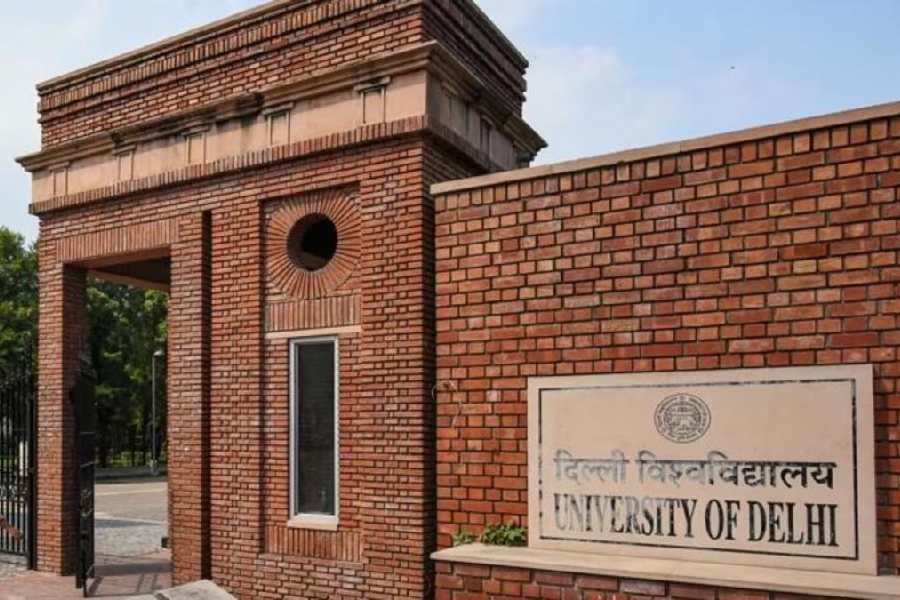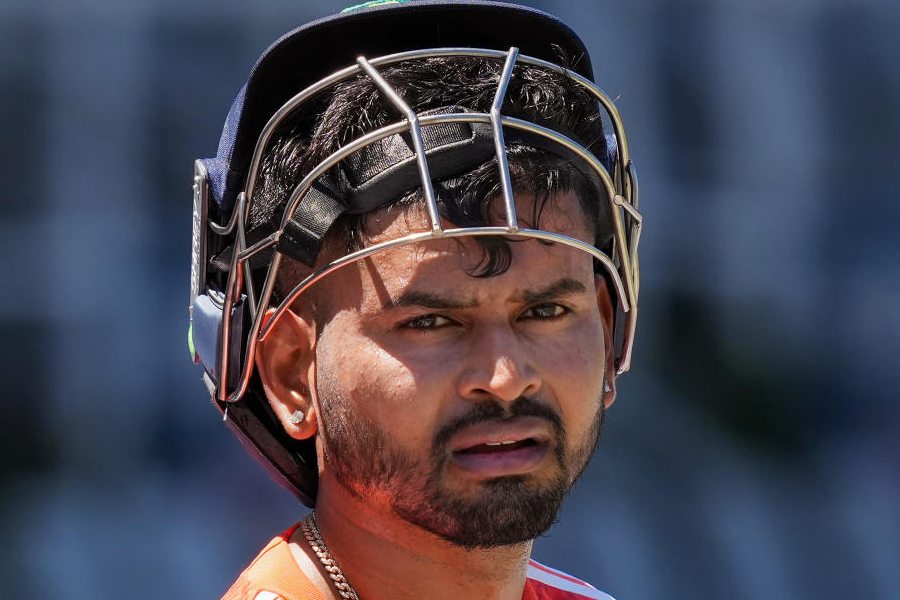Indians will remember John Woodcock, who has died, aged 94, as the cricket correspondent of The Times who famously compared Sachin Tendulkar to Donald Bradman.
On one occasion, Woodcock, who also edited the Wisden Cricketers’ Almanack for six editions from 1981 until 1986, said: “Gentlemen, he is the best batsman I have seen in my life. And unlike most of you, I have seen Bradman bat.”
He was impressed by Tendulkar’s “insatiable” hunger to score runs and said comparing him to Bradman did not diminish the legendary Australian and his achievements.
One another occasion he said: “Let us just say that Tendulkar is the Bradman of today — less hypnotic but scarcely less phenomenal”.
Fellow cricket writers have paid warm tribute to Woodcock, who was cricket correspondent of The Times from 1954 until retiring from the post in 1987 but he remained on the staff, covering matches and working as a colour writer at Tests. It is said he attended at least 400 Tests.
In 2011, Woodcock spoke at a lunch in London celebrating Dicky Rutnagur’s 80th birthday. Two years later, despite being in indifferent health, Woodcock made the effort to come up from his home in the Hampshire village of Longparish to attend Rutnagur’s funeral and speak at a gathering of fellow journalists at Lord’s, which was the Indian cricket writer’s favourite ground.
Turning to the casket, Woodcock struck an informal tone as though he was chatting to his old friend in a Test match press box.
“Well, Dicky, I hope you know the affection in which you are held — and I use the present tense intentionally — not only by all of us here today, but by so many who are already with you in the great pavilion in the sky, and others who would be here now but for the Test match at Trent Bridge. It is a great privilege for me to have the chance to say so,” began Woodcock.
“To have covered over 300 Test matches in the days when there were many fewer of them was a remarkable tally, and when it fitted, you were in the top flight of writers on squash and badminton.
“Thank you, Dicky, from all of us, for many years of warmth and humour, for becoming one of us as naturally as you did and for keeping our friendship in repair.
“It is a very considerable thing to be able to say, without any exaggeration, that of all those brought to this country through cricket, many great players among them, you, a journalist, has been as well-loved and respected as any. What an achievement! Our gratitude to you for many fond memories. Peace be with you, Dicky.”
Back in 1983, not many writers thought India would beat West Indies in the World Cup final at Lord’s. But to be fair, The Times made amends the next morning with the headline: “The bewitching hour when an Indian legend was born.”
Woodcock rose to the occasion and said that India had not only won the world cup but had “captured the hearts of the cricket world as well. What happened will become a cricket legend.”
In 2011, when the Indian cricket team, led by M.S. Dhoni, toured England, Woodcock recalled previous visits by India.
“The first Test match between England and India that I saw was at Lord’s in 1936; the first I wrote about was in 1952. On uncovered English pitches, India’s batsmen, brought up in much blander conditions, had yet to become a force to be regularly reckoned with, and many years were to pass before England considered it incumbent upon them to send a full-strength side to tour India.
“As Indian sides always will, those of 1936 and 1952 contained some fine natural cricketers. For no obvious reason their best batsmen in those days seemed more likely to be tall and wristy and elegant, like Mushtaq Ali and Rusi Modi, than small and wristy and insatiable, like Sunil Gavaskar and Sachin Tendulkar.”
He injected a note of humour in adding: “In 1936, India were captained, as if by statute, by a prince – the Maharajkumar of Vizianagram – who shot more tigers than he scored first-class runs and was given a courtesy knighthood during the tour. Much his best all rounder, Lala Amarnath, he sent home for insubordination just before the Lord’s Test and a few days after he had scored a century in each innings against Essex. ‘If a tour by Indian cricketers is to be successful, differences of creed will have to be forgotten,’ sternly wrote the editor of Wisden.”
Henry Blofeld, the former BBC Test Match Special commentator, said in a tribute to mark Woodcock’s Outstanding Contribution to Sports Writing Award in 2018: “He was the most thorough watcher of a day's cricket I’ve ever known. If I was watching the same day of cricket that he was, I would open the Times the next day and read in it at least two points I’d never seen. He was a very close examiner of the game and any report he wrote was always worth reading.”
It is worth pointing out that England as a country has changed fundamentally since Woodcock wrote for The Times. The paper itself became a tabloid in 2003. Newspapers no longer cover cricket in the comprehensive way it was done in Woodcock’s time. In a way, the tributes to Woodcock are also a lament for a lost England.
“One of the finest of cricket writers, and wonderful company,” wrote Mike Atherton, the former England captain who has followed in Woodcock’s footsteps as The Times cricket correspondent since 2008.











